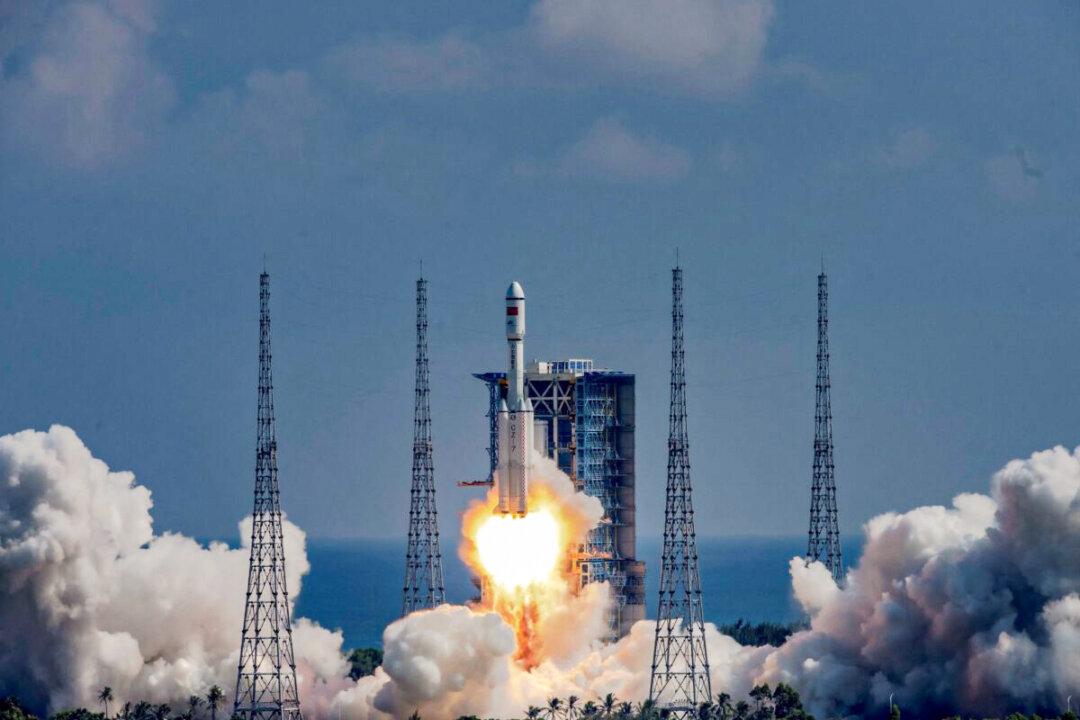
A Long March 7Y4 rocket carrying the Tianzhou 3 cargo ship launches from the Wenchang Space Launch Centre in China's southern Hainan province, on a mission to deliver supplies to China's Tiangong space station on Sept. 20, 2021. STR/AFP via Getty Images
Andrew Thornebrooke is a former national security correspondent for The Epoch Times covering China-related issues with a focus on defense, military affairs, and national security. He holds a master's in military history from Norwich University.
Author’s Selected Articles



